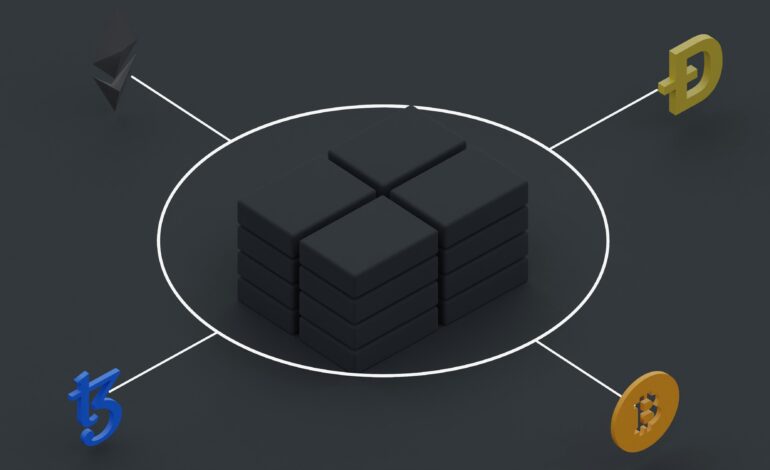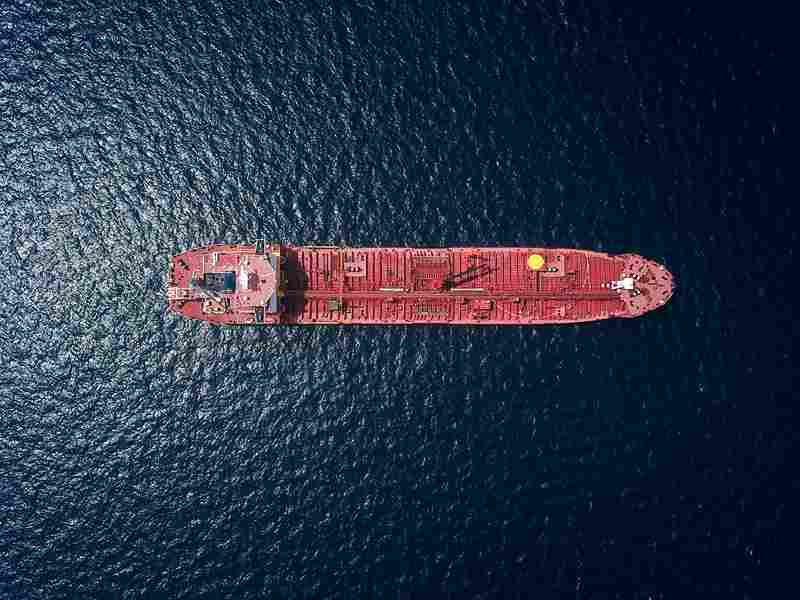
Advanced Sensor Technologies for Bunker Fuel Leak Detection
In the realm of maritime and industrial safety, the detection and prevention of bunker fuel leaks are paramount concerns. Traditional methods often fall short in terms of reliability, efficiency, and timeliness. However, the advent of advanced sensor technologies is poised to transform this critical aspect of fuel storage and transportation management. This article explores the innovative solutions offered by advanced sensors, their applications, and the benefits they bring to the detection of bunker fuel leaks.
The Evolution of Sensor Technologies
Historically, detecting bunker fuel leaks has relied on manual inspections, visual monitoring, and periodic checks, which are prone to human error and may not catch leaks in their early stages. Advanced sensor technologies offer a paradigm shift by providing real-time monitoring, data analytics, and proactive alert systems that significantly enhance leak detection capabilities.
Key Technologies Driving Innovation
- Acoustic Sensors: Utilizing sound waves to detect changes in pressure or vibration within fuel storage tanks and pipelines, acoustic sensors can pinpoint the exact location of leaks. They are sensitive to subtle variations in acoustic signatures, enabling early detection and rapid response.
- Fiber Optic Sensors: These sensors use optical fibers to detect changes in temperature, strain, or chemical composition, offering precise monitoring of fuel storage conditions. Fiber optic systems can be deployed over long distances and are immune to electromagnetic interference, making them ideal for harsh maritime environments.
- Electrochemical Sensors: Designed to detect specific gases or chemical compounds emitted during fuel leaks, electrochemical sensors provide accurate and reliable detection in confined spaces or remote locations. They are highly sensitive and can operate continuously without human intervention.
- IoT and Cloud Integration: Advanced sensor networks are often integrated with IoT platforms and cloud-based systems, enabling real-time data transmission, remote monitoring, and predictive analytics. This connectivity enhances operational efficiency, facilitates proactive maintenance, and reduces downtime associated with leak incidents.
Applications in Maritime and Industrial Settings
Advanced sensor technologies find diverse applications across bunker fuel storage facilities, vessels, and industrial installations:
- Tank Farms and Terminals: Continuous monitoring of storage tanks for pressure changes, temperature fluctuations, or chemical composition deviations.
- Shipboard Systems: Integration into fuel transfer pipelines, engine rooms, and bunkering systems to detect leaks during fuel loading, unloading, and transportation.
- Underwater and Subsea Installations: Deployment of acoustic and fiber optic sensors to monitor pipelines and underwater storage facilities for leaks or structural integrity issues.
Benefits of Advanced Sensor Technologies
- Early Detection and Response: Rapid identification of leaks minimizes environmental impact, reduces cleanup costs, and enhances safety for personnel and assets.
- Operational Efficiency: Real-time monitoring and predictive analytics optimize fuel management strategies, improve asset utilization, and extend equipment lifespan through proactive maintenance.
- Regulatory Compliance: Adherence to stringent environmental regulations and safety standards by mitigating risks associated with fuel leaks and emissions.
- Cost Savings: Prevention of costly downtime, equipment damage, and cleanup expenses associated with undetected leaks.
Future Directions and Challenges
As sensor technologies continue to evolve, future innovations may focus on:
- Enhancing sensor accuracy and reliability in challenging environments.
- Integrating AI and machine learning algorithms for predictive maintenance and anomaly detection.
- Standardizing sensor performance metrics and interoperability across different platforms and manufacturers.
Conclusion
Advanced sensor technologies represent a transformative leap in bunker fuel leak detection, offering unprecedented levels of accuracy, reliability, and real-time monitoring capabilities. By leveraging these innovations, maritime and industrial sectors can mitigate environmental risks, enhance operational efficiency, and comply with regulatory requirements effectively. As technology evolves and adoption grows, the integration of advanced sensors is set to redefine safety standards and sustainability practices in the global bunkering industry.





